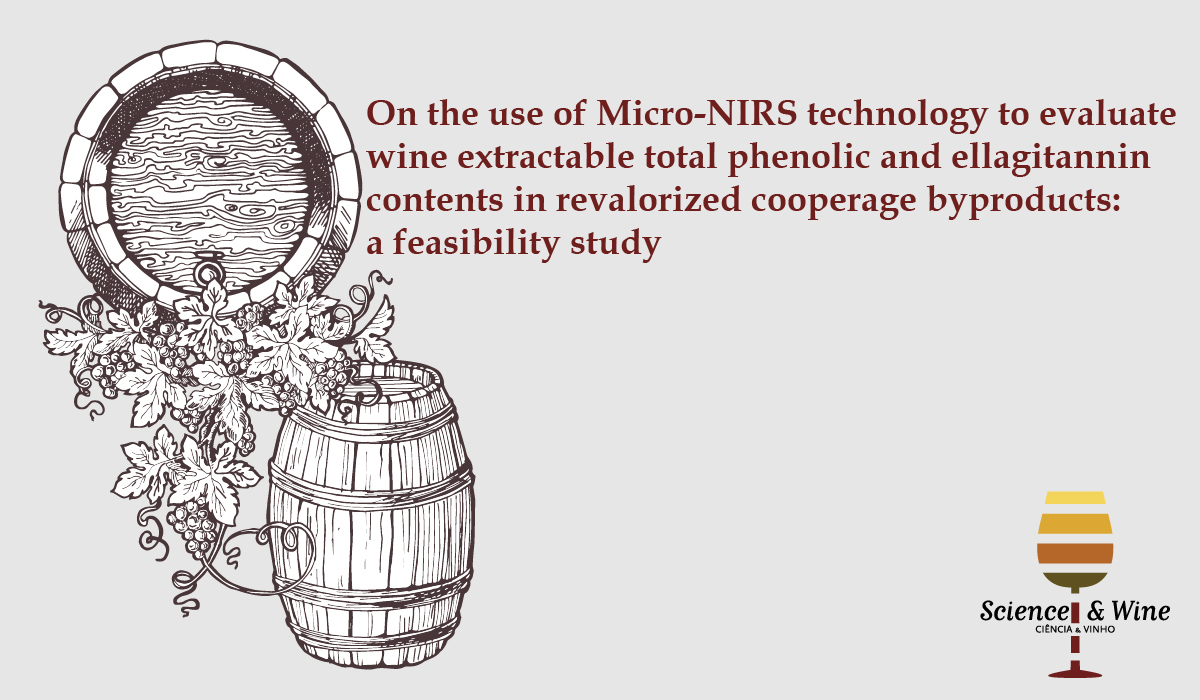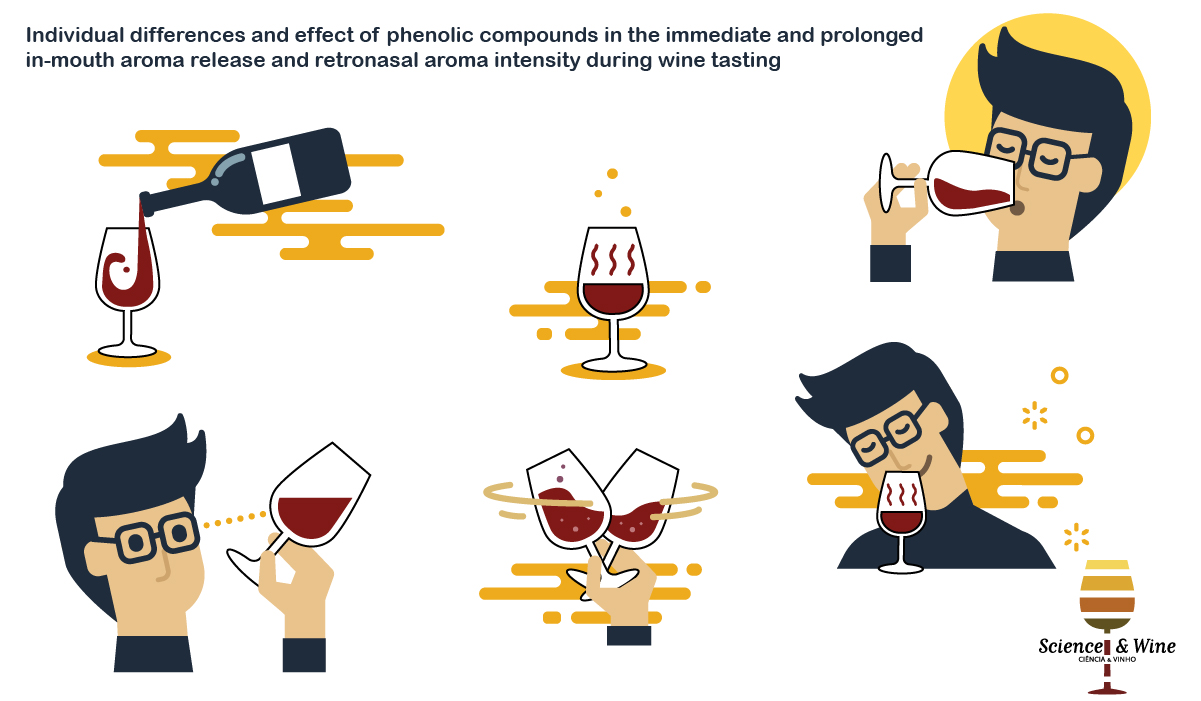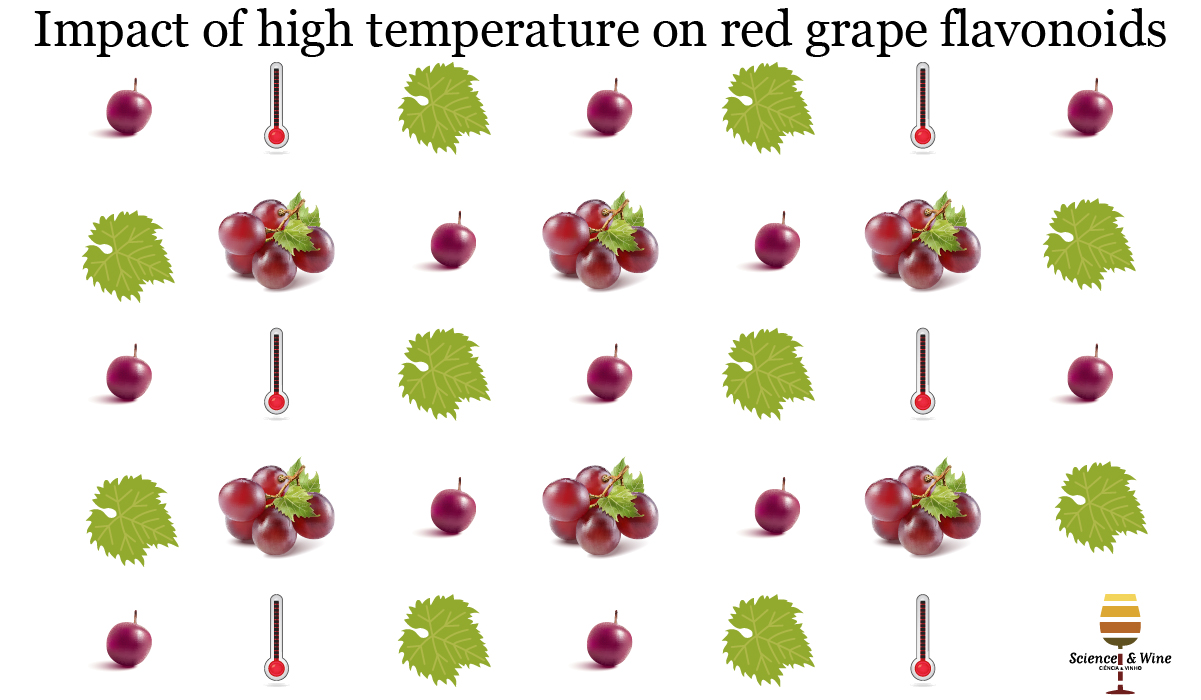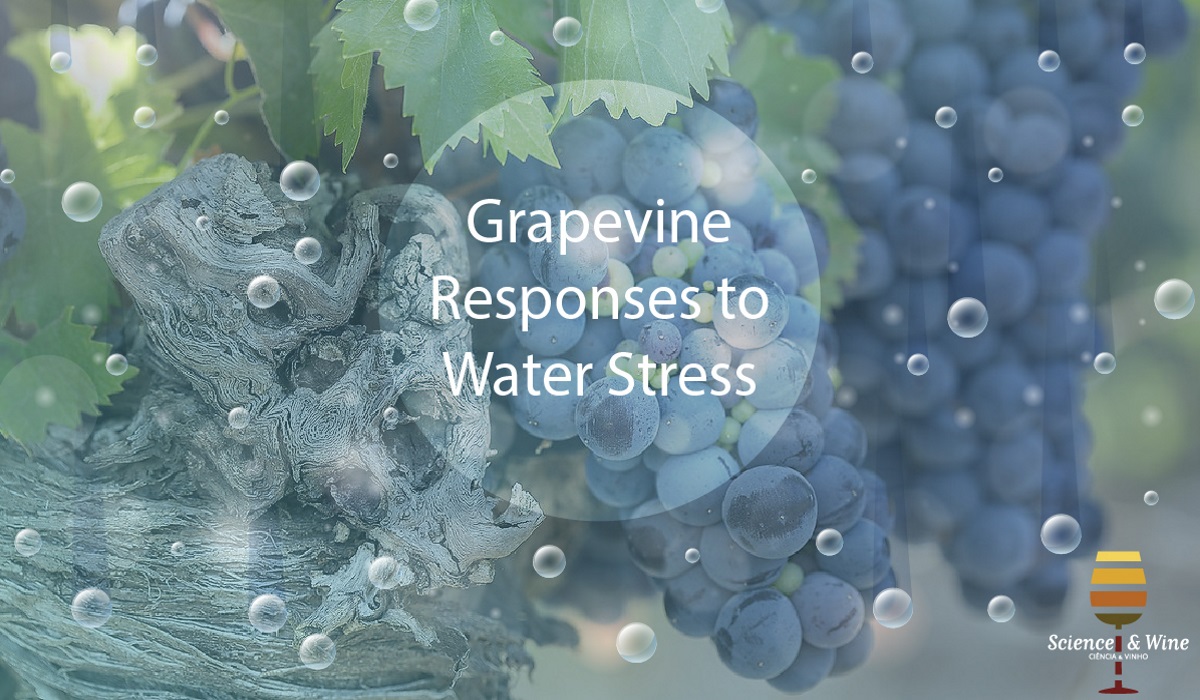Vitis vinifera L. is cultivated worldwide for table grape and wine production. In arid and semiarid areas its cultivation requires irrigation supply, therefore, water deficiency can affect berry and wine quality mostly depending on the extent of plant perceived stress, which is a cultivar-specific trait. In this post the authors summarize a study recently published about water deficiency effects in two table grape cultivars at physiological and molecular levels. The authors were able to isolate candidate genes for the genotype-dependent response to drought. These results will permit the identification of reliable plant stress indicators and the definition of sustainable cultivar-specific protocols for water management.

On the use of Micro-NIRS technology to evaluate wine extractable total phenolic and ellagitannin contents in revalorized cooperage byproducts: a feasibility study.
The addition of commercial oak wood or wood compounds has been aimed at implementing the production of high-quality red wines in the last years. During the contact time, different types of oak compounds are released from the wood to the wine, thus affecting its organoleptic properties such as aroma, color or astringency. In the oenological industry is very important to determine phenolic compounds present in wine extracted from the wood. This post is about a study carried out aimed to develop am in situ and non-destructive method to do it.

Aging of Aglianico and Sangiovese wine on mannoproteins: effect on astringency and colour
Traditional ageing on lees are being replaced by different commercial preparations based on yeast derivatives. This post describes a study carried out to evaluate the influence of three commercial mannoproteins on astringency characteristics, colour parameters and reactive phenolic compounds of Aglianico and Sangiovese red wine during one year of aging. Wines were evaluated after 3, 6 and 12 months. The taste, odor and aroma profiles completed the sensory evaluation of one-year aged wines. The main conclusion of these study is that theuse of commercial mannoproteins improves some sensory characteristics of red wines related to positive astringency subqualities and aroma persistence.

Individual differences and effect of phenolic compounds in the immediate and prolonged in-mouth aroma release and retronasal aroma intensity during wine tasting
Overall, from a technological point of view this study provides new insights for the development and/or improvement of polyphenol base oenological formulations to enhance wine aroma persistence.

Impact of high temperature on red grape flavonoids
Environment temperatures are increasing in many wine regions around the world. These temperatures affect berry composition and consequently compromise the quality of the wine produced. Flavonoids are particularly affected by high temperatures, a decrease in total anthocyanins is reported in most cases and appears to be directly associated with high temperatures. This post examines the impact of high temperature on the biosynthesis, accumulation, and degradation of flavonoids.

